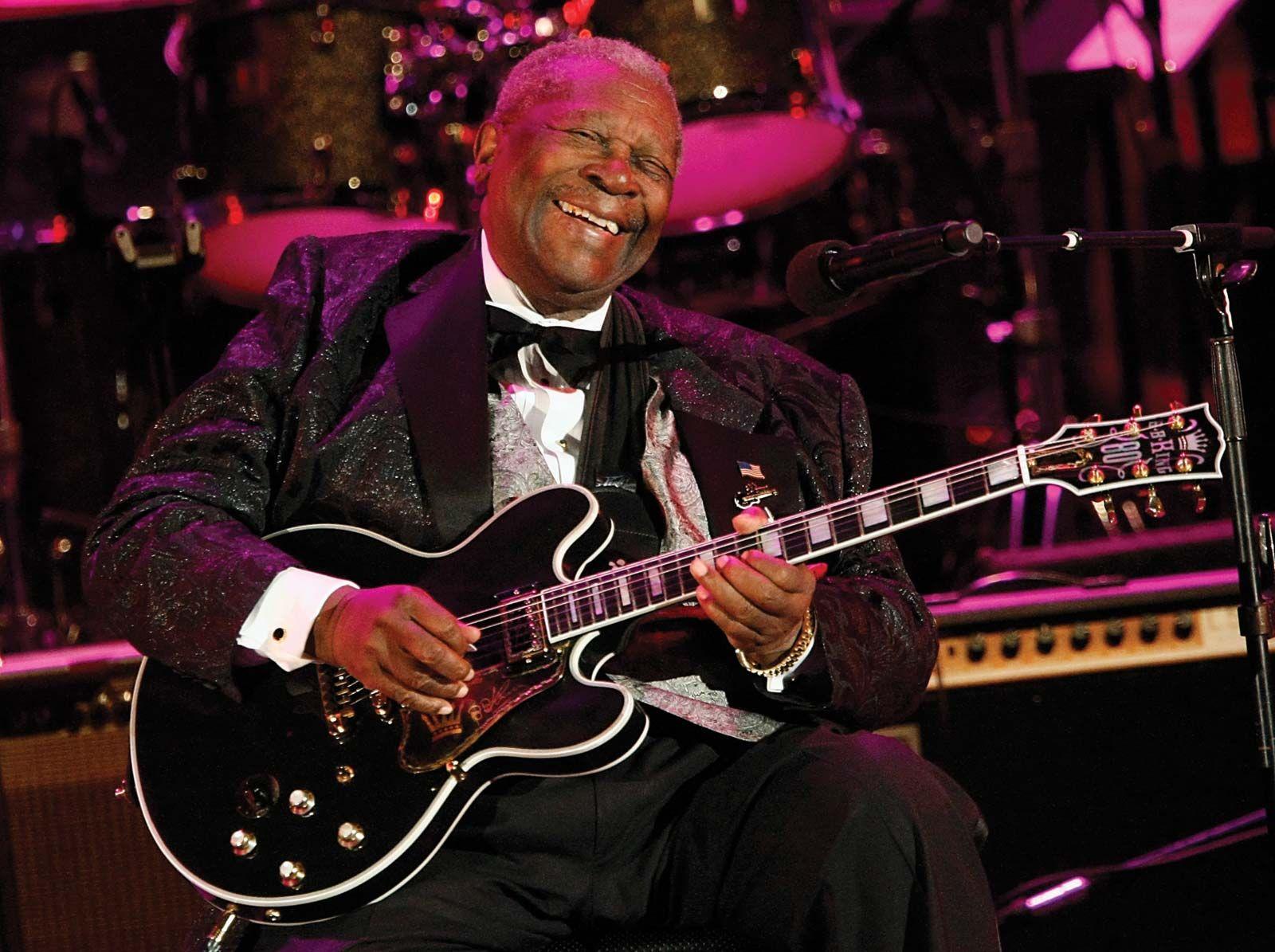In a shocking incident that has sent ripples through the sports community, Blues player Holloway was struck in the neck during a recent match and promptly taken to a nearby hospital for evaluation. The incident occurred during a crucial moment in the game, leaving fans and teammates alike in a state of disbelief and concern. As medical staff worked swiftly to attend to Holloway, questions surrounding player safety and the nature of the game have been thrust into the spotlight. This article delves into the details of the incident, the player’s condition, and the broader implications for player safety protocols in professional sports.
Blues Holloway Undergoes Emergency Care After Neck Injury
In a shocking turn of events during last night’s match, Blues player Holloway suffered a severe neck injury after a collision on the field. Medical staff rushed to his aid as the game came to an abrupt halt, showcasing the critical nature of player safety in high-contact sports. Fans held their breath as team physicians assessed his condition before carefully transporting him to the hospital for emergency evaluation. Early reports indicate that the injury could be serious, and the team is monitoring Holloway’s situation closely, hoping for a positive outcome.
As the Blues organization prepares for the potential impact of Holloway’s injury on their season, the medical team has released a statement acknowledging the fans’ concern and emphasizing their commitment to player health. Key points outlined include:
- Immediate Assessment: Conducted by on-site medical personnel.
- Transport to Hospital: Ensured the player’s safety and comfort.
- Ongoing Monitoring: Team doctors will provide updates as more information becomes available.
| Injury Status | As of Today |
|---|---|
| Emergency Care Required | Yes |
| Return Timeline | Under Evaluation |

Details Emerge on Incident Leading to Hospitalization
In a shocking turn of events during last night’s match, Blues player Holloway sustained a serious injury after reportedly being struck in the neck. Eyewitnesses recount a tense atmosphere as fans and players alike reacted in disbelief when the incident occurred. The game, which was highly anticipated, took a drastic shift when the unintentional collision unfolded. Medical personnel rushed to the scene, and Holloway was given immediate attention before being transported to a local hospital for further evaluation.
As details continue to surface regarding the circumstances surrounding the injury, the club has vowed to provide updates on Holloway’s condition. The coaching staff has emphasized the importance of player safety and the need for comprehensive assessments before Holloway returns to play. The organization is expected to conduct a thorough investigation into the incident. Key points being discussed include:
- The nature of the accident: Was it purely accidental or a result of reckless gameplay?
- Immediate medical response: How quickly was Holloway attended to?
- Safety measures: Are there sufficient protocols in place to prevent future incidents?

Expert Opinions on Safety Protocols in Sports Injury Management
As concerns over athlete safety continue to rise, experts in the field of sports medicine emphasize the importance of rigorous safety protocols during injury management. When incidents like Holloway’s neck injury occur, the immediate response can significantly impact the athlete’s long-term health outcomes. Experts suggest that teams should have comprehensive emergency action plans in place, including access to trained medical personnel at all games and practices. The following protocols are considered essential:
- Immediate Assessment: Quick evaluation by trained medical staff to determine the severity of the injury.
- Stable Transport: Safe and immediate transfer of the athlete to a medical facility, ensuring that the injury is not aggravated.
- Continual Monitoring: Ongoing observation for any changes in the athlete’s condition before and during transport.
Additionally, experts advocate for the implementation of regular training for all team members on recognizing signs of serious injuries. Education on the criteria for emergency evacuation is crucial to prevent delays in treatment. Moreover, the vital aspects of integrating technology in monitoring athlete health cannot be overstated. A recent panel study highlighted that real-time data tracking can enhance decision-making processes, leading to better injury outcomes. The table below outlines key features that should be included in sports safety protocols:
| Feature | Description |
|---|---|
| Emergency Medical Plan | Clear procedures for addressing injuries on-site. |
| Training & Drills | Regular training sessions for athletes and staff on injury response. |
| Equipment Checks | Frequent inspections of protective gear and facilities. |

Recommendations for Improving Player Safety and Emergency Response
In light of recent incidents, including the unfortunate injury sustained by Holloway, it’s imperative for sports organizations to reassess their player safety protocols. Effective measures should be prioritized to ensure the well-being of all athletes. Recommendations for elevating player safety standards include:
- Enhanced Training for Medical Staff: Regular drills and simulations to better prepare for on-field emergencies.
- Improved Protective Gear: Ongoing assessments of gear to meet the latest safety standards, particularly focusing on neck protection.
- Immediate Access to Medical Facilities: Ensuring proximity to equipped hospitals during games.
- Clear Communication Protocols: Establishing defined signals and procedures for reporting injuries swiftly.
Additionally, the implementation of a structured emergency response plan is crucial. This plan should include regular safety assessments and the following:
| Element | Description |
|---|---|
| Emergency Personnel Training | Ongoing education for staff on injury management and CPR. |
| Rapid Response Time | Designated routes and protocols for quick access to injured players. |
| Regular Drills | Monthly mock scenarios to evaluate response effectiveness. |
| Player Awareness Programs | Education sessions for athletes about injury risks and reporting. |
the incident involving Blues player Holloway, who was struck in the neck during a competitive match, has raised concerns about player safety in the sport. Immediate medical attention was administered, and the player was transported to a local hospital for further evaluation. While the team and fans await updates on Holloway’s condition, this incident serves as a stark reminder of the inherent risks athletes face on the field. As investigations continue, the focus will undoubtedly shift to reinforcing safety protocols to ensure the well-being of all players in the league. The community stands united in support of Holloway, hoping for a swift recovery and a safe return to the game he loves.





